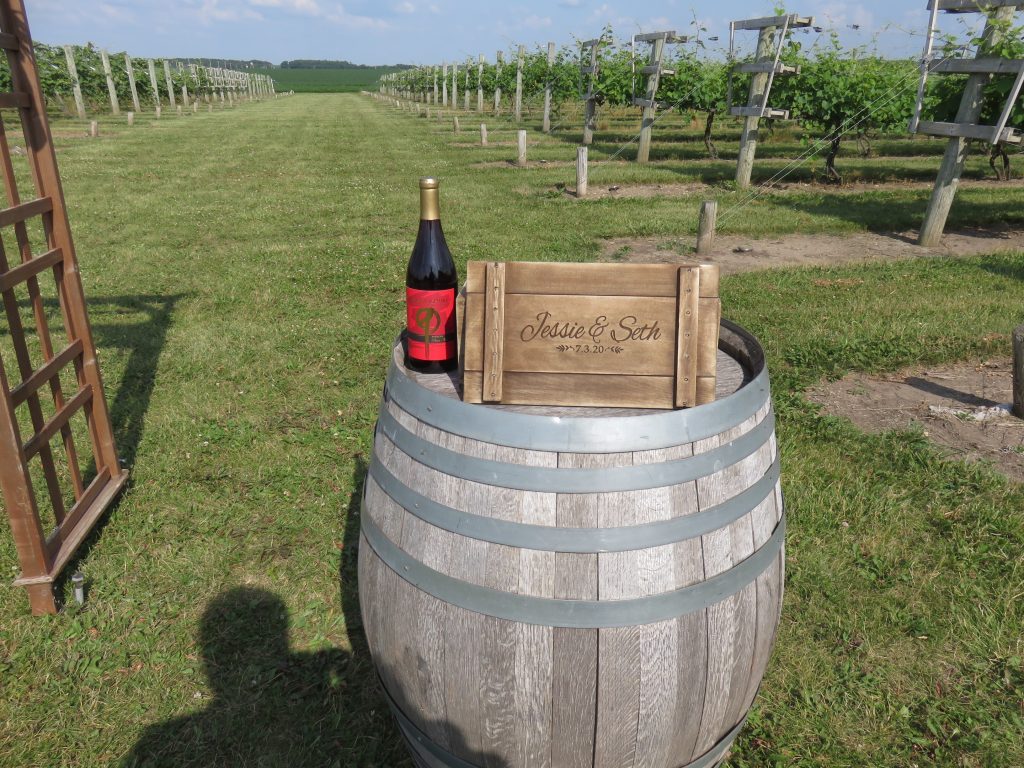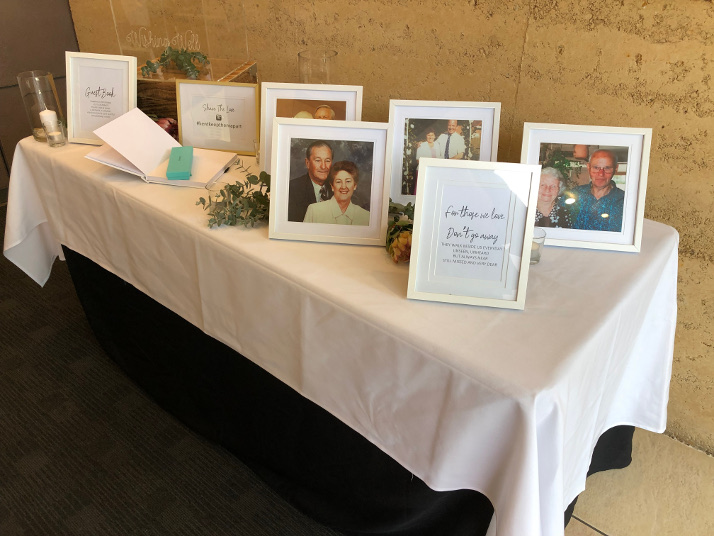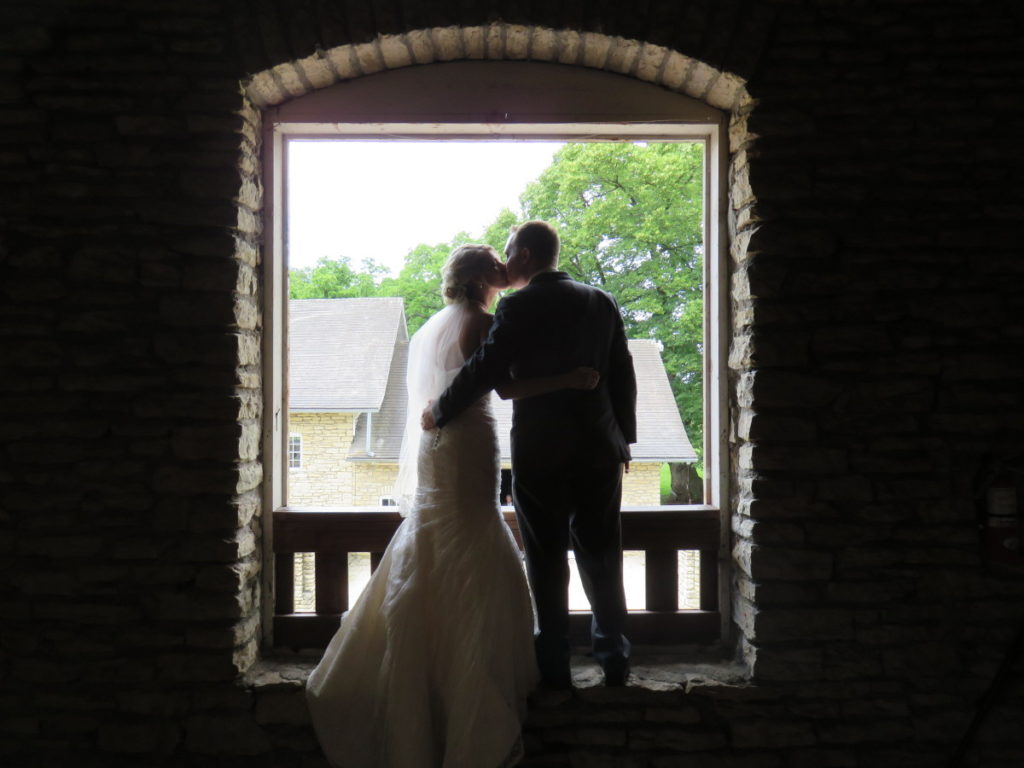Finding Opportunity in Crisis
Finding opportunity in crisis is a characteristic of resilient people. Our resilience is being tested daily as we continue to deal with the COVID-19 pandemic, especially in relation to the milestone moments in life. If you got engaged in 2019 or early 2020 you likely expected your wedding planning to follow a fairly predictable path. All of that got turned upside down when the pandemic reached our area in March of this year.
For engaged couples trying to plan a wedding in recent months the uncertainties have been overwhelming. How many people will be allowed to gather? Is my chosen venue even open? How can a wedding party practice social distancing? Will guests feel safe attending my wedding? Can family and friends travel for the festivities? When will this end?
All of these questions have caused stress for already engaged couples planning 2020 ceremonies. And then there are couples who feel ready to get engaged, but struggle to figure out how to even begin planning a wedding with all the uncertainties in front of them.
Finding opportunity in crisis is possible, however, so do not lose heart. Begin by prioritizing the elements of your wedding day. What is most important to you? The ceremony? The party? The dance? Having your grandparents witness your exchange of vows? Or simply being married and able to begin your marriage journey together? Depending on your answer, finding opportunity in crisis will be different for each of you.
If you want to be married most of all, you can consider a simple certificate signing in front of the legally required witnesses (and maybe a couple of other people). If you want a large gathering, including older friends and relatives, postponing your wedding day may be the right answer for you. Perhaps an intimate gathering with 20 or so people, including a sweet ceremony and significant vows followed by an informal meal where social distancing can be observed and face coverings can be worn may be perfect.
If you choose a certificate signing or intimate ceremony for now, remember that you can plan a larger celebration after the pandemic passes. That celebration can include a wonderful, personal ceremony, too. Wedding ceremonies usually serve the dual purpose of legally marrying you and voicing your commitment and promises in front of the people important to you. But those two purposes can be separated. You can legally marry now and share a wonderful wedding day including a ceremony honoring the commitment you made to each other earlier in private.
Finding opportunity in crisis means thinking outside the box, looking for different ways to accomplish your goals, and bringing creativity to your wedding planning. While there are benefits to being legally married, remember to honor your love and commitment with family and friends when circumstances allow you to do so. When this crisis passes, I believe that we’ll recognize and treasure the opportunities to celebrate life’s milestones with our communities of family and friends even more.



